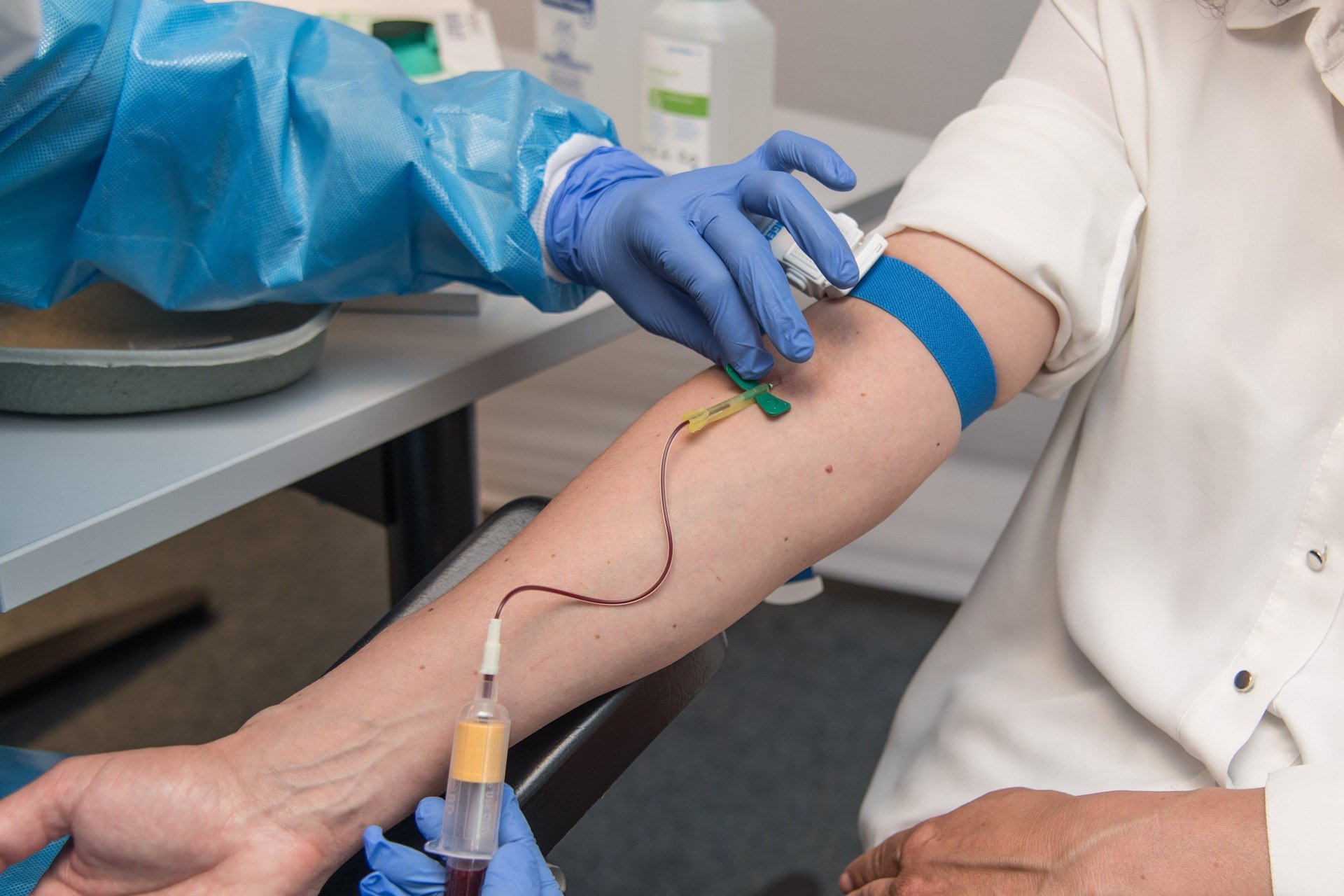COVID-19 Seroprevalence and PLHIV
COVID-19 Seroprevalence and PLHIV
Abstract
It is not known whether people living with HIV (PLHIV) are at increased risk of acquiring SARS-CoV-2 infection. Prospective serological studies can allow seroincidence analysis. This prospective study included PLHIV, without a history of vaccination against SARS-CoV-2, from the Autonomous City of Buenos Aires (CABA) and Buenos Aires surroundings (GBA), who attended INBIRS Institute between March and June 2021 to carry out their controls. The seroprevalence rate of antibodies against the SARS-CoV-2 spike protein was 33.3% (CI 24.9-42.5%) for the study population. This prevalence was significantly higher than that previously reported for the general population of the same geographic region. No association was found between CD4+ T-cell counts with levels of SARS-CoV-2 specific IgG. In conclusion, the finding of a high seroprevalence of antibodies against SARS-CoV-2 among PLHIV in CABA and GBA may suggest a greater susceptibility to infection; however, it can also be a surrogate marker that the seroprevalence rate in the general population is underestimated.
Downloads
References
2. Sachdev D, Mara E, Hsu L, Scheer S, Rutherford G, Enanoria W, et al. COVID-19 Susceptibility and Outcomes Among People Living With HIV in San Francisco. J Acquir Immune Defic Syndr. 2021;86(1):19-21.
3. Chang JJ, Bruxvoort K, Chen LH, Akhavan B, Rodriguez J, Hechter RC. Brief Report: COVID-19 Testing, Characteristics, and Outcomes Among People Living With HIV in an Integrated Health System. J Acquir Immune Defic Syndr. 2021;88(1):1-5.
4. Huang J, Xie N, Hu X, Yan H, Ding J, Liu P, et al. Epidemiological, virological and serological features of COVID-19 cases in people living with HIV in Wuhan City: A population-based cohort study. Clin Infect Dis. 2020.
5. Xu Z, Zhang C, Wang FS. COVID-19 in people with HIV. The lancet HIV. 2020;7(8):e524-e6.
6. Inciarte A, Gonzalez-Cordon A, Rojas J, Torres B, de Lazzari E, de la Mora L, et al. Clinical characteristics, risk factors, and incidence of symptomatic coronavirus disease 2019 in a large cohort of adults living with HIV: a single-center, prospective observational study. AIDS. 2020;34(12):1775-80.
7. Naik SR, Kumar SS, Mittal A, Swain S, Ranjan S, Soneja M, et al. Seroprevalence of COVID-19 in HIV Population. 2021:2021.06.17.21259066.
8. Lombardi F, Ricci R, Belmonti S, Fabbiani M, Borghetti A, Baldin G, et al. Seroprevalence of SARS-CoV-2 Antibodies in HIV-Infected Patients in Rome, Italy during the COVID-19 Outbreak. Diagnostics (Basel). 2021;11(7).
9. Papalini C, Paciosi F, Schiaroli E, Pierucci S, Busti C, Bozza S, et al. Seroprevalence of anti-SARS-CoV2 Antibodies in Umbrian Persons Living with HIV. Mediterr J Hematol Infect Dis. 2020;12(1):e2020080.
10. Noe S, Schabaz F, Heldwein S, Mayer W, Ruecker K, Tiller FW, et al. HIV and SARS-CoV-2 co-infection: cross-sectional findings from a German 'hotspot'. Infection. 2021;49(2):313-20.
11. Encuesta de Seroprevalencia COVID-19. Metodología y resultados definitivos. Ciudad de Buenos Aires. Informe de Resultados Nº1509, 2020 https://www.estadisticaciudad.gob.ar/eyc/?p=115790.
12. Gobierno de la Provincia de Buenos Aires. Estudio de seroprevalencia https://www.gba.gob.ar/saludprovincia/noticias/s%C3%B3lo_el_13_por_ciento_de_vecinos_de_30_barrios_populares_del_amba_tuvo_covid.






